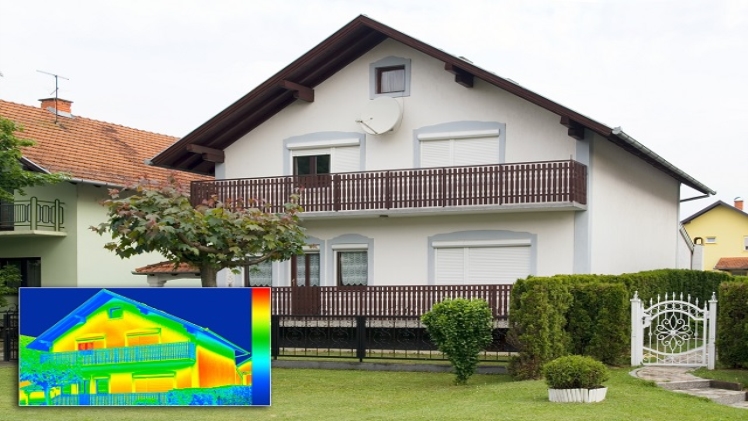Thermal infrared sensors are used in many industries today, including glass, aerospace, electronics, chemical, and environmental studies. With the advancing technology, thermal imaging has become more efficient, which has helped many applications of these infrared sensors. Below are various applications of thermal infrared sensors in the world today.
Thermography
Thermal imaging is widely used in thermography. Thermography has many uses, including industrial inspection, gas detection, construction, and petrochemicals. Thus, thermal imaging can be used to determine thermal auditing, check wear and tear in manufacturing plants, detecting dangerous gas leaks, and inspect cracks inside furnace tubes.
Defense
Thermal imaging was used in military operations in the past years. Today, it’s still used in military vehicles and binoculars to ensure successful military operations. It helps in surveying areas and also helps those driving military vehicles. In addition, thermal imaging technology is also used in drones that can survey dangerous or complicated access areas.
Firefighting
In instances of hazardous environments, firefighters use thermal imaging to see if there are any victims. This technology also helps them to see through smoke-filled houses and save those affected. Thermal imaging also helps to ensure that fire extinguishers completely extinguish the fire to avoid another fire.
Transportation
Thermal imaging has helped to reduce accidents for night drivers. Thermal imaging technology protects drivers, pedestrians, and motorists because the driver warns of the obstacle ahead. Thus, drivers respond quickly, preventing an accident from occurring. This has helped long-distance drivers ensure road safety despite heavy traffic.
Drones
Thermal imaging in drones is mainly used to survey crops in agriculture and monitor structural health. In agriculture, these drones have cameras that capture images to enable farmers to improve crop productivity better. In the health sector, drones with thermal imaging are used to inspect hazardous areas where humans can’t access. This way, experts can develop solutions without putting anyone at risk.
Medical and Veterinary Imaging
Some health problems such as tumors and nerve pain can’t be seen with bare eyes. That’s why medical practitioners use thermal imaging, which is non-invasive, to diagnose such problems. Some thermal imaging applications in the medical and veterinary fields include rheumatology, dermatology, and vascular medicine. This way, doctors can treat these problems before they worsen and lead to other complications.
Surveillance and Security
With the many streets, parks, and other public areas, it can be challenging to ensure security. However, thermal imaging technology helps patrol these areas and ensure that residents are safe. If there’s an unexpected intrusion, those responsible get an alert and respond before anyone is harmed. This technology works efficiently despite the time of day or the weather conditions. This way, it’s possible to address even emergency concerns.
Above are the various applications of thermal imaging sensors. They help to ensure security in various areas, safe road transportation, medical fields, and thermography. This way, they help various industries achieve their goals and also satisfy their customers. With comprehensive research from experts, thermal imaging technology becomes better each day. This way, people will be secure and industries can continue processing without disruption of failing machinery.

